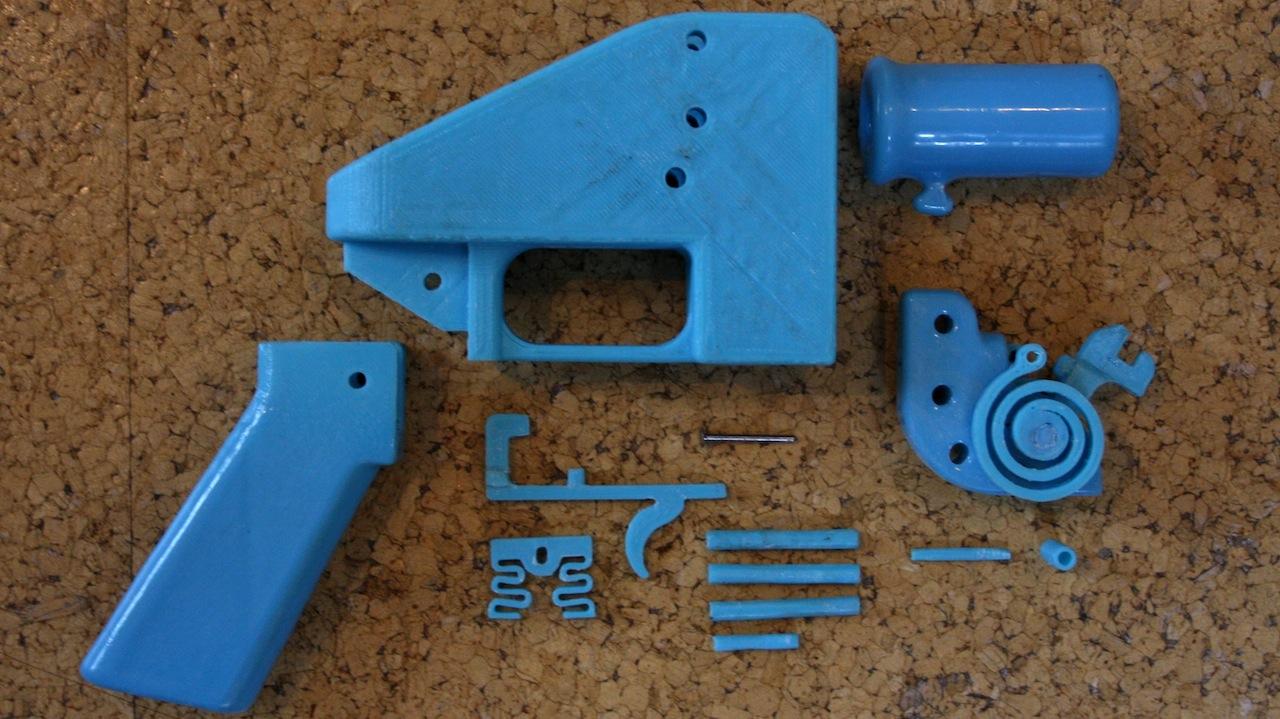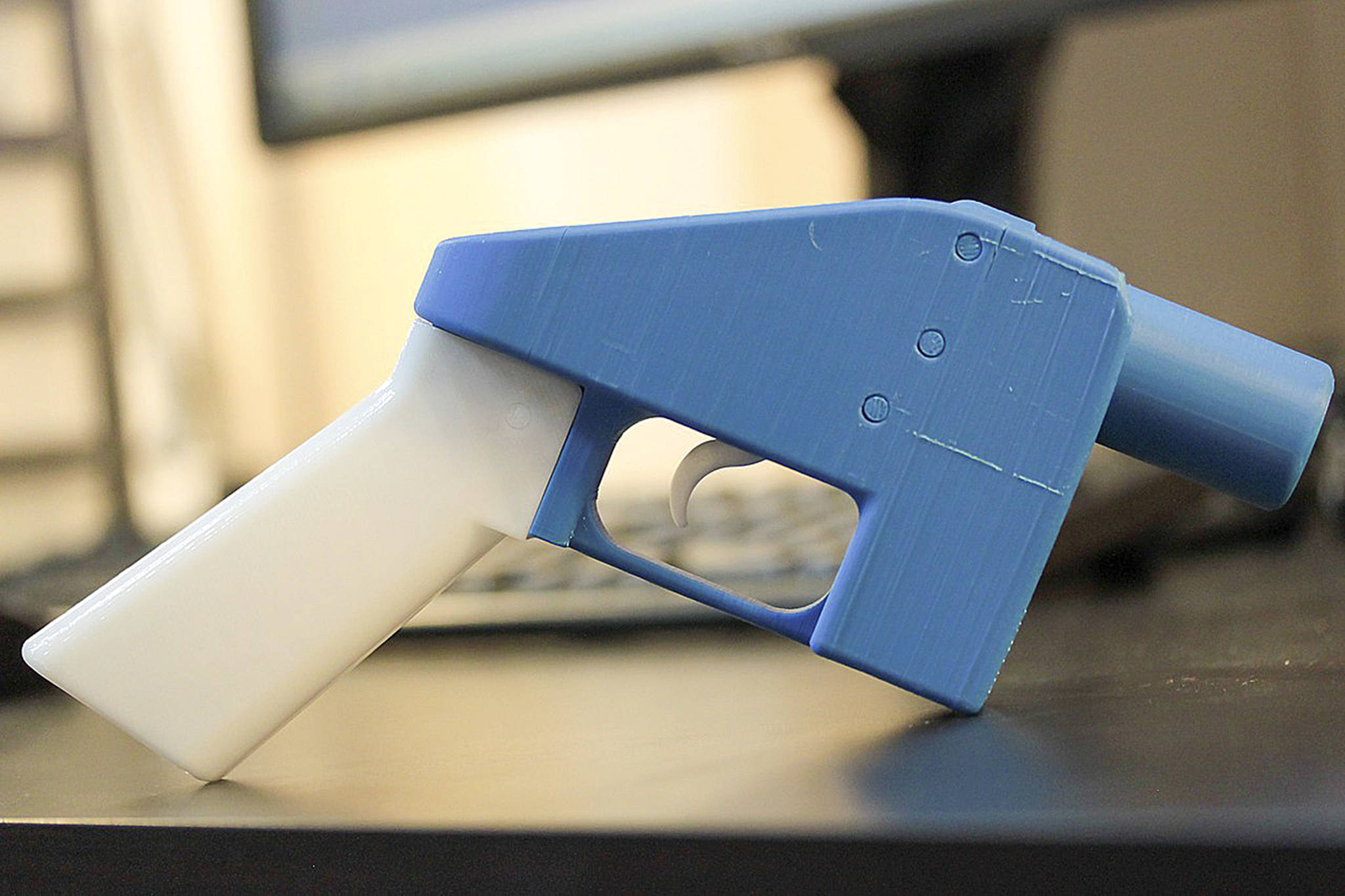There are many great points in this debate both for and against allowing the 3D models of weapons that can be printed to be widely distributed, and whether or not it is legal to sell the prints. You can easily argue that 3D printers are in enough schools and libraries that their proximity to children and other areas of education mean that turning a 3D printer into a foundry for weapons is a very scary thought to most people. On the other hand, you can argue that the government barring people from sharing files is a massive infringement of first amendment rights.

The reason that I think the idea of 3D printing weapons has no bearing in the current mayhem that is the second amendment debate is that the technology isn't capable, and we are very far away from it making sense. 3D Printers, especially the models that potential criminals could get their hands on, are far from suitable for this kind of 3D Printing.
There is no such thing as a 3D Printed object that can kill someone straight off the print bed, or even if it requires assembly it would still require a bullet. I have yet to see a 3D Print that has a mechanism to cause someone hard that doesn't use a bullet. (Although I haven't really been looking.) This is pretty much a deal breaker for anyone trying to commit murder by filament. Let's just make our argument even worse. Let's say that you went out and bought ammo, then assembled your gun. Guns are marvels of engineering and materials science. Even by today's standards making a gun that can shoot more than a handful of times, and accurately is hard even with proper materials. PLA, ABS, or Nylon does not come anywhere close to the proper material for the job. 3D printed weapons at best make a small projectile go in a general direction. At worst they blow up in the operators face. As far as a printed AR-15 or a similar genuine weapon that tends to make its rounds on media every now and then, those weapons are far beyond the capability of any modern, or next generation printer.

It is also important to note that weapons explicitly designed to be 3D printed tend to look like toys. This is important because a large majority of gun crimes are robberies or other forms of intimidation which 3D printed weapons would not be effective at. While it can be argued that the inexpensive nature, about $15 a print from what I can tell, of 3D printing would greatly lower the barrier of entry of getting a gun I disagree. Access to a 3D printer is still very limited in the USA, and by the time someone buys a new printer, learns to set it up, and prints a weapon. They could have easily just bought a gun or stole one which is the most common way criminals get weapons. Sure, in countries like Australia where guns are mostly banned there is a considerably greater incentive for a criminal to print a weapon, but if they're already at that level of criminal I'd argue they have access to weapons already.
That's just my take. At this time there have been zero crimes committed with a 3D printed weapon that I am aware of, and while I do think seeing the future is important and could save time, lives, and money in the future. I do not believe this is an issue we should be worrying about.


